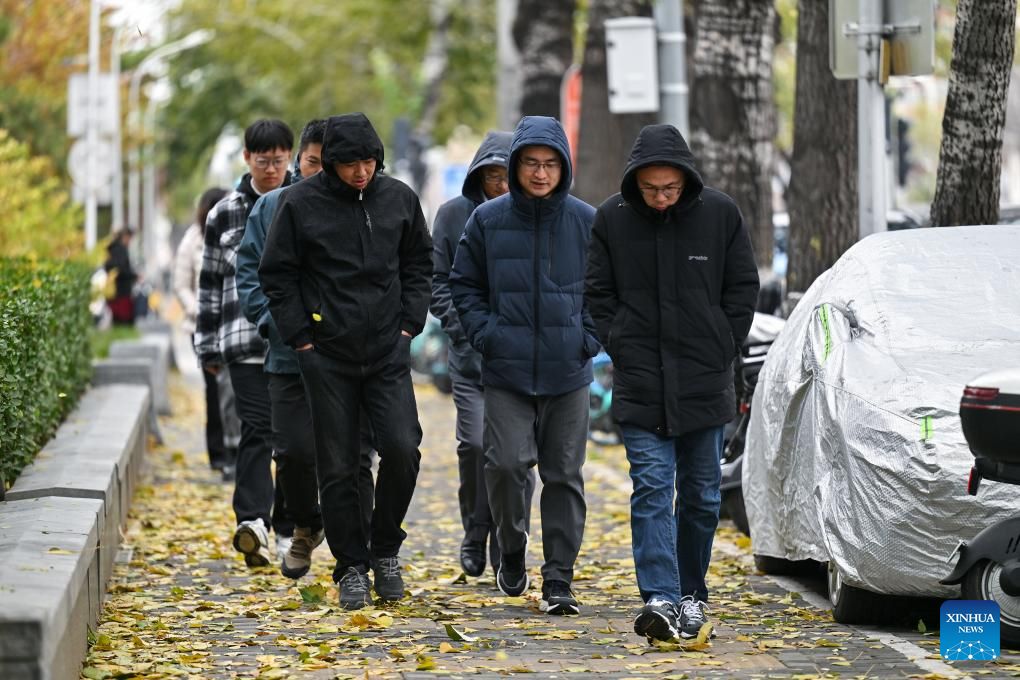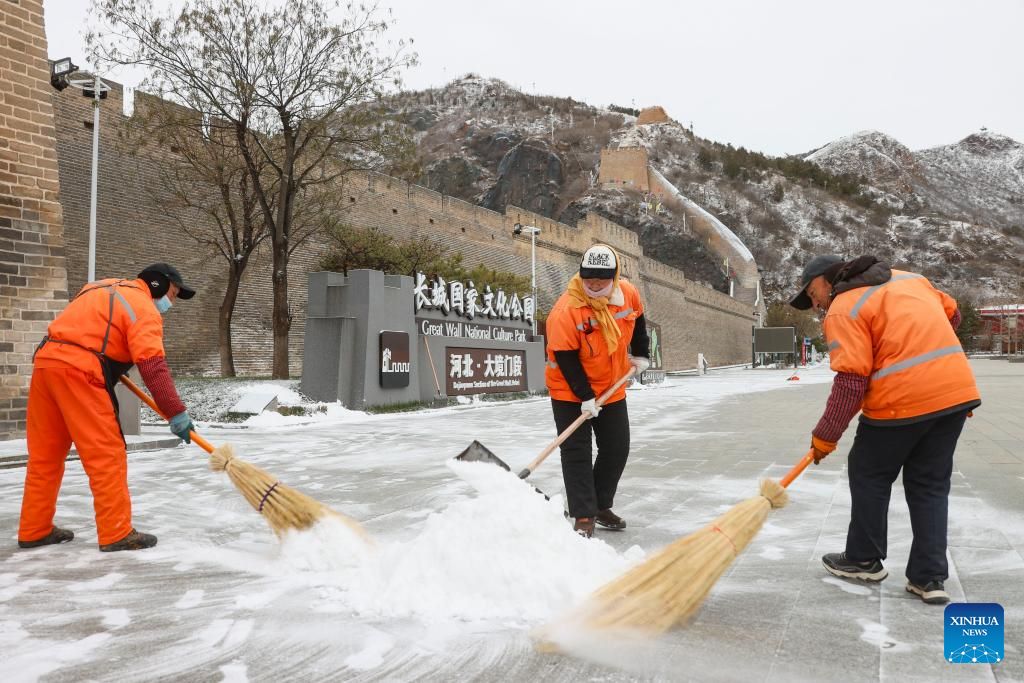China's Meteorological Administration issued a yellow alert for snowstorms on November 25, predicting snowstorms to hit some northeastern regions of the country such as Inner Mongolia, Heilongjiang, Jilin and Liaoning, Xinhua News Agency reported.
The China Meteorological Center advised pedestrians and drivers to be extra careful in snowy weather and called on local authorities to take precautions related to roads, railways, electricity and telecommunications.
The center has also extended the yellow alert for the cold spell as most parts of central and northern China will see temperatures drop by 6-10 degrees Celsius over the next four days.

On the same day, November 25, Heilongjiang province in northeastern China activated a red alert for snowstorms at 11am.
From 2:00 a.m. on November 26 to 2:00 a.m. on November 27, some areas across Heilongjiang are expected to see 15 to 40 centimeters of snowfall.
The provincial capital Harbin has also issued a blue alert for strong winds and a yellow alert for cold air. Most parts of the city are expected to see temperatures plummet by 10 to 12 degrees Celsius between 8 a.m. on November 26 and 8 a.m. on November 27.
According to local weather forecasts, the minimum temperature on the night of November 26 in Harbin will even drop to minus 12 to minus 10 degrees Celsius.

China has a four-tier color-coded weather warning system, with red indicating the most severe weather, followed by orange, yellow and blue.
The first cold front of the season in China began on November 22. By November 28, the freezing temperatures are expected to spread southward to the middle and lower reaches of the Yangtze River. Strong winds are expected during the cold front, with gusts reaching over 60 km/h in some areas.
Dong Quan, director of weather forecasting at China's National Meteorological Center, said the strong energy accumulation in the cold air mass will bring widespread impacts.
China has experienced two cold spells this month, but the intensity was relatively weak and this was the deepest cold spell since the beginning of the season.
After this cold spell, temperatures in most parts of southern China will shift from above average to 1 to 2 degrees Celsius below normal.
While some areas may see a slight rise in temperatures following the cold front, Dong said temperatures are expected to remain below average at least through the end of this month.
The mid-term weather forecast said another cold air mass will affect much of central and eastern China around December 2, bringing widespread temperature drops of 6 to 8 degrees Celsius, with some areas in the north seeing a drop of more than 10 degrees Celsius.
Meanwhile, according to the Vietnam National Center for Hydro-Meteorological Forecasting, on November 26, cold air continued to affect other places in the Northeast, then affect the North Central, Northwest and Central Central regions. Northeast winds inland are strong at level 3-4, coastal areas at level 4-5.

In the North and North Central regions, the weather is cold. The lowest temperature in this cold air mass in the North and North Central regions is generally from 16-18 degrees, in mountainous areas 12-14 degrees, and in high mountainous areas below 10 degrees.
Hanoi area has scattered rain. Cold weather. The lowest temperature in this cold air mass is commonly 16-18 degrees.









